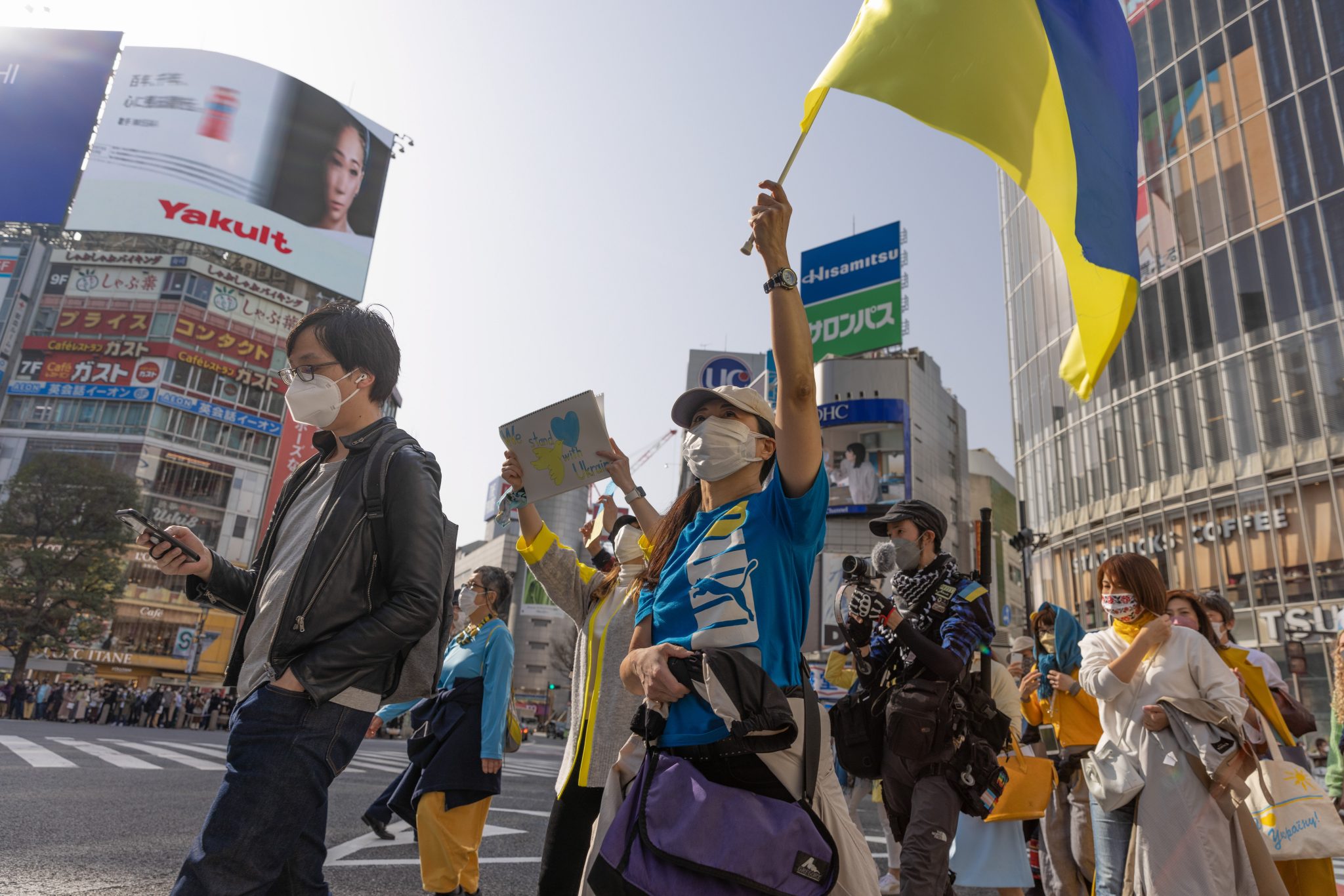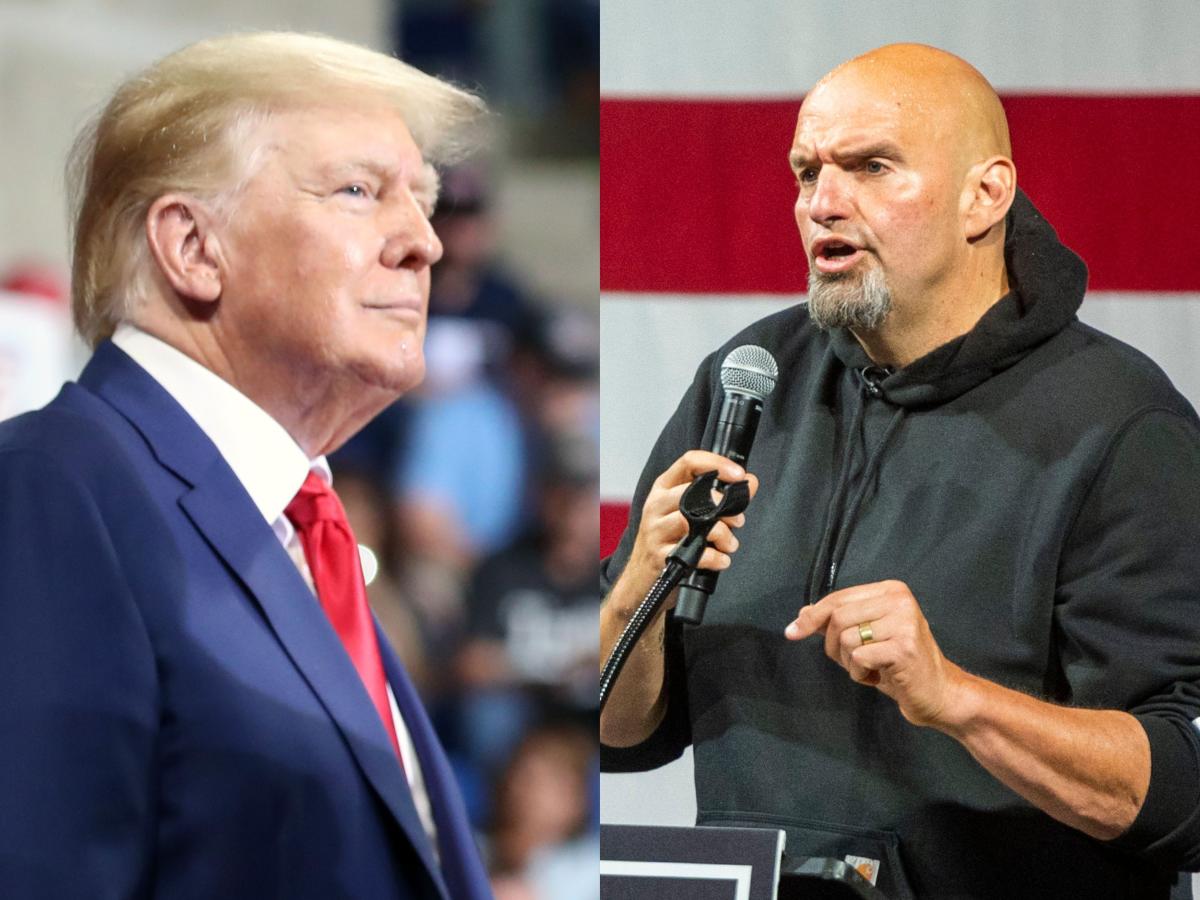Author: Sheila A Smith, Council on Foreign Relations
Japan has gone all-in with the Western response to Russia’s invasion of Ukraine. The strategic consequences for Tokyo are considerable. Japan’s long-running efforts to conclude a formal peace agreement with its northern neighbour have come to an end.
Putin’s aggression has also accelerated debate in Japan about its own strategy and future military preparedness. Most important of all, the Japanese people have also defined this crisis as a challenge to the norms of the post-war order that they have relied upon for their own security.
When Russia invaded Ukraine on 22 February 2022, Japanese Prime Minister Fumio Kishida was quick to take a stand. The Kishida cabinet announced that, along with G7 nations, it would impose sanctions on Russia and it began to mobilise financial support for the Ukrainian government. In the weeks following, Japan provided humanitarian assistance for evacuees and even material support for Ukrainian defence forces.
This represents a significant strategic shift. Former prime minister Shinzo Abe was unable to negotiate a post-war peace treaty with Putin, and Japan’s efforts to improve bilateral ties failed. Japan’s diplomatic efforts targeting Russia focused on the possibility of a compromise on the territorial dispute over the Kuril Islands and improved bilateral ties. But the aim was broader. Abe wanted to try to coax Russia away from strategic partnership with China.
Diplomacy with Russia intensified after Japan and China clashed in the East China Sea over the Senkaku (Diaoyu) Islands, resulting in increased Chinese Coast Guard and People’s Liberation Army (PLA) activities in and around Japanese territorial waters. Abe hoped that in engaging with Putin, he could offer an alternative to Russian cooperation with China.
By 2018, Putin publicly questioned the idea that the Kuril Islands were up for negotiation at all. Russia then went so far as to enhance its defences on the island chain. Japanese foreign direct investment in Russia declined from US$757 million in 2012 — when Abe came into power — to US$429 million in 2020 after it became clear that Putin had no intention of concluding a peace treaty.
Tokyo has had little reason to worry about the direct threat posed by Moscow but deepening Russian–Chinese military cooperation makes it harder for Japan to discount the possibility of the two states working together in a future conflict. Japan’s Air Self-Defense Force has also scrambled its fighter jets to intercept Russian aircraft more than 200 times per year since 2008 as it contended with an even greater number of intrusions by Chinese aircraft in the southwest.
Then, Chinese and Russian forces began to exercise together. Russian ships transited the waters around the disputed Senkaku (Diaoyu) Islands in 2016. In 2019, Russian aircraft peeled off from a joint Chinese–Russian exercise to enter the airspace of the Takeshima Islands — territory that is disputed between South Korea and Japan — in a deliberate attempt to exacerbate tensions between the two US allies. Russia and China also began annual joint nuclear bomber exercises over the Sea of Japan. These exercises were most recently carried out during the Quad Summit in Tokyo during US President Joe Biden’s visit.
The Japanese people have supported Kishida’s emphasis on defending the post-war status quo. Media editorials and public opinion polls overwhelmingly supported this normative framing of Japanese interests. In March 2022, 85 per cent of Japanese people polled approved of Kishida’s response to the invasion of Ukraine.
Tokyo’s position on the Russian invasion also reflects the growing strategic ties between Japan and Europe. Japan has deepened its engagement with the European Union and developed its partnership with NATO. European nations now also see the connections between the challenge posed in the Indo-Pacific and their own security and economic goals. Diplomatically, European nations have a stake in nuclear non-proliferation efforts vis-a-vis North Korea, as well as in ensuring freedom of navigation across international waters.
Tokyo is investing in diplomacy to secure European support in the case of a similar act of aggression in the Indo-Pacific. Speaking at the NATO Summit meeting in Madrid on 29 June, Kishida said that ‘Russian aggression against Ukraine is not a problem for Europe alone, but instead an outrageous act that undermines the very foundation of the international order’. As the war in Ukraine has unfolded, the focus on the collective defence provisions enshrined in Article 5 of the North Atlantic Treaty has opened new avenues for consultation between Japan and other Asia Pacific allies.
The Kishida administration will complete a comprehensive strategic review by the end of 2022 and a new National Security Strategy will be announced. Russia’s invasion of Ukraine will feature prominently in Japan’s assessment of the geopolitics it must be prepared to navigate. But so will China. For Japan, accepting aggression akin to the kind Russia has perpetrated would raise the risk that China might also see an opportunity to use force. Putin’s claim of an alternative Russian history to justify his invasion also draws parallels to President Xi Jinping’s narrative of China’s regional claims.
The Russian invasion has also affected the new 10-year defence plan that will set the course for Japan’s own military planning. Japan must now worry more than ever that Moscow and Beijing will join forces against it. The growing PLA provocations against the United States and other countries deepen concern over stability in the Taiwan Strait in the months and years ahead. The live-fire exercises conducted by the People’s Republic of China after US Speaker of the House Nancy Pelosi’s visit to Taiwan demonstrate a jump in the PLA’s capabilities to act jointly and across domains to control the waters and airspace in and around Taiwan.
Japan will invest much more in its military capabilities and will examine how to retaliate against an increasingly hostile set of neighbours. This was a risk Kishida was willing to reckon with as he doubled down on Japan’s strategy of defending the post-war ‘rules-based order’, and it is a risk that Japan cannot avoid as tensions across the Taiwan Strait continue to rise.
Sheila A. Smith is John E. Merow Senior Fellow for Asia Pacific Studies at the Council on Foreign Relations.
An extended version of this article appears in the most recent edition of East Asia Forum Quarterly, ‘Japan’s strategic choices, Vol 14, No 3.
The ANU’s annual Japan Update conference will be held online and in-person at the Molonglo Theatre, Crawford School of Public Policy, on 7 September.





















Discussion about this post